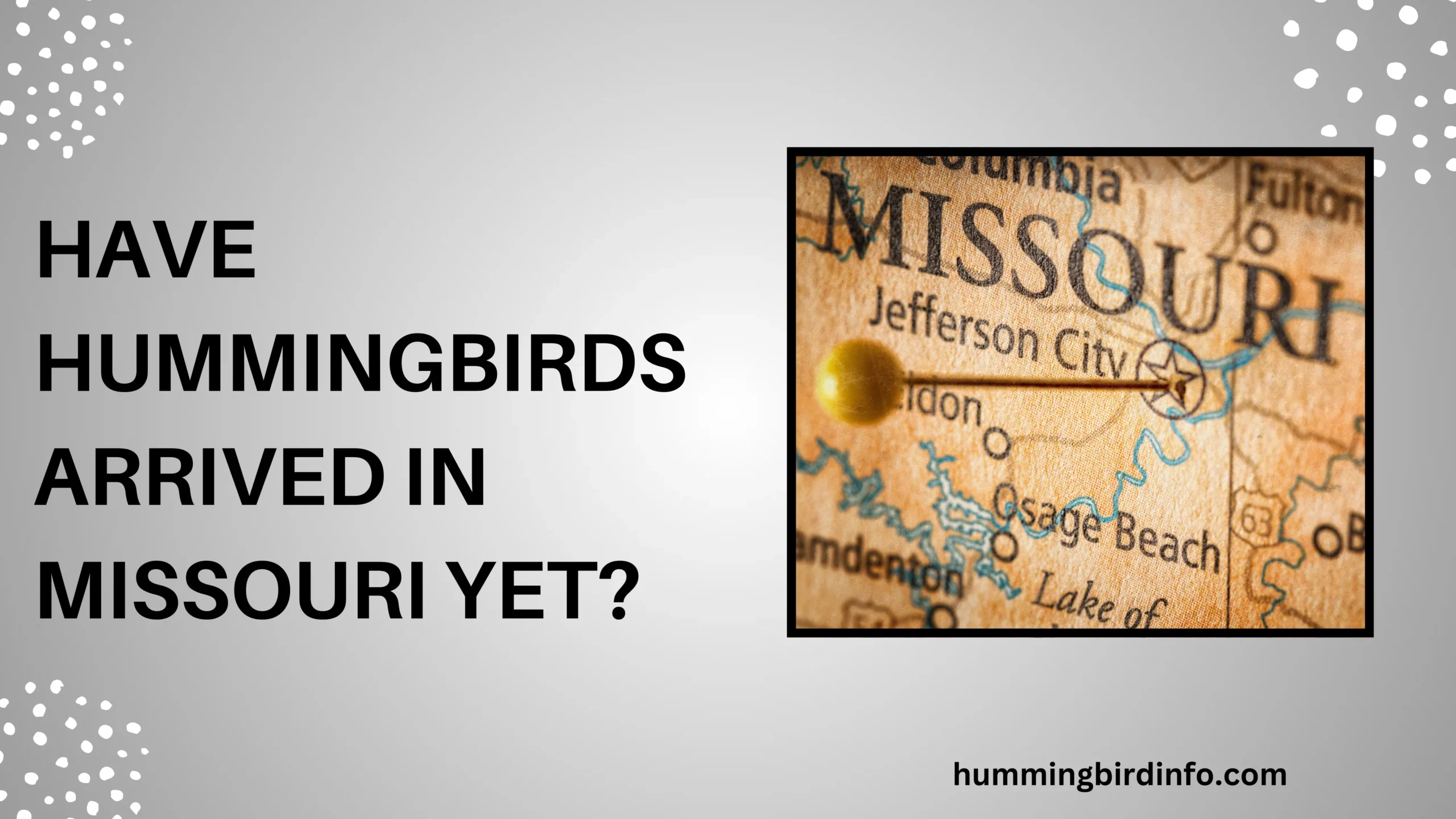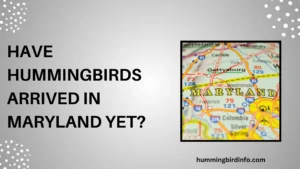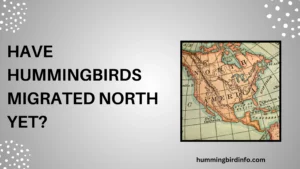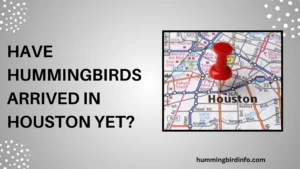The arrival of hummingbirds in Missouri is one of spring’s most magical signs. These tiny, iridescent birds return each year after a long journey from the tropics, captivating residents with their fast wings, dazzling colors, and bold personality.
Their presence is more than just beautiful — it’s a sign that nature is awakening and the season of growth has begun.
For Missourians, the return of hummingbirds isn’t just a wildlife event — it’s a tradition. People across the state watch their feeders, gardens, and trees with anticipation, hoping to spot the first hummingbird of the year.
Their pollinating behavior plays a vital role in local ecosystems, making their arrival both delightful and meaningful.
So, have the hummingbirds arrived in Missouri yet? This article dives deep into that question, exploring their migration timelines, the factors that influence their journey, and how you can track and attract them to your yard.
We’ll also look at the species you’re likely to see, their ecological role, and how to support them as they make Missouri their seasonal home.
Contents
- 1 Timing the Arrival – When Do Hummingbirds Reach Missouri?
- 2 Factors That Influence Hummingbird Migration to Missouri
- 3 Hummingbird Species Found in Missouri
- 4 Tracking the Tiny Travelers – Monitoring Hummingbird Arrivals
- 5 Attracting Hummingbirds to Your Missouri Garden
- 6 Conclusion
- 7 FAQs
- 7.1 1. What month do hummingbirds arrive in Missouri?
- 7.2 2. When should I put out hummingbird feeders in Missouri?
- 7.3 3. What is the most common hummingbird in Missouri?
- 7.4 4. Do hummingbirds migrate all at once?
- 7.5 5. How can I tell if a hummingbird is male or female?
- 7.6 6. What flowers attract hummingbirds in Missouri?
Timing the Arrival – When Do Hummingbirds Reach Missouri?
The Ruby-throated Hummingbird is the star species in Missouri, and it’s the one most residents eagerly wait for each spring. These birds usually start arriving in southern Missouri by early April, with peak migration occurring in mid-April.
In northern Missouri, the first arrivals typically happen a bit later, often stretching into late April. Male hummingbirds usually show up first to claim territory, followed by females a week or two later, once conditions are more stable.
Missouri’s varied landscape creates slight differences in migration timing. For example, the Ozark region might see arrivals before the northern plains. According to the Missouri Department of Conservation, early April is a great time to put out your feeders.

Factors That Influence Hummingbird Migration to Missouri
Photoperiod, or day length, is one of the strongest natural signals triggering migration. As the days grow longer in spring, hummingbirds instinctively begin their journey north.
Temperature and food availability also play huge roles. Warmer weather encourages early migration, especially when nectar-producing flowers and small insects start to emerge.
Weather patterns can speed up or slow down the process. A warm front may push hummingbirds north sooner, while a cold snap or storm system could hold them back. Hummingbirds are also sensitive to wind conditions, which affect their ability to travel long distances.
Hummingbird Species Found in Missouri
The Ruby-throated Hummingbird is by far the most common species seen in Missouri. Males sport a bright red throat, while females have a more muted appearance with white underparts and green backs.
This species breeds widely across the state, especially in gardens, forests, and meadows where flowers are plentiful. They prefer areas with access to nectar, insects, and perches for resting.
Occasionally, other species such as the Rufous Hummingbird make rare appearances, particularly in western Missouri during migration or winter. For identification help, check out field guides or websites like the Cornell Lab of Ornithology and All About Birds.
Tracking the Tiny Travelers – Monitoring Hummingbird Arrivals
The easiest way to track hummingbird sightings in Missouri is by using eBird, a free tool that shows real-time data from birdwatchers across the country. You can search by location and date to see if any sightings have been reported nearby.
The Missouri Department of Conservation also shares updates about hummingbird arrivals and gives helpful tips for supporting these birds. Local birding groups and Facebook pages are excellent for sharing and reading firsthand sightings.
You can even contribute to the data by reporting your own sightings. Every observation helps researchers understand migration patterns and supports conservation efforts.
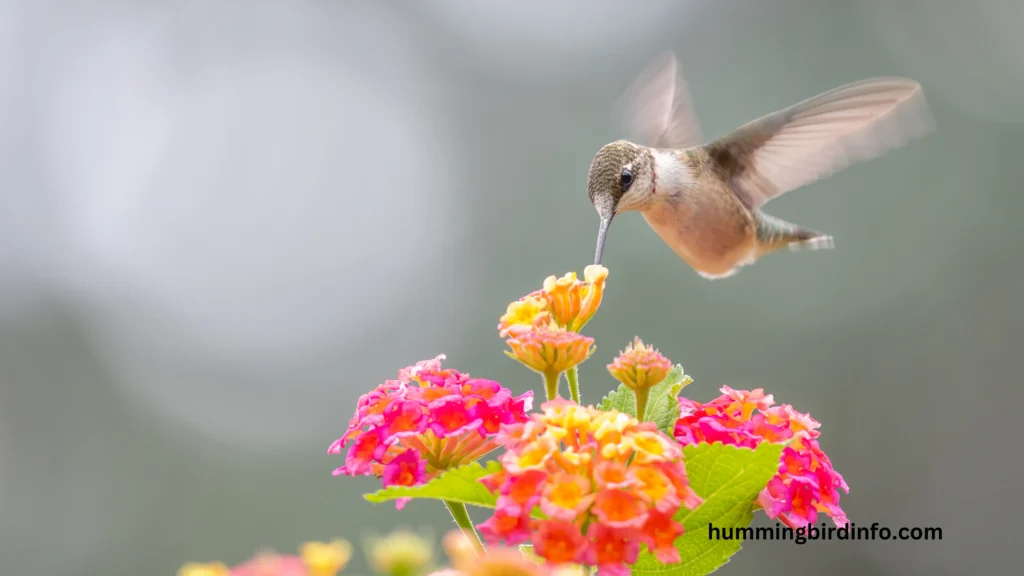
Attracting Hummingbirds to Your Missouri Garden
One of the best ways to attract hummingbirds is to plant native, nectar-rich flowers. Great options for Missouri include cardinal flower, bee balm, trumpet vine, and native honeysuckle.
Put out hummingbird feeders by early April in southern Missouri and a bit later in the north. Use a 4:1 ratio of water to sugar (no dye), and clean feeders every few days to prevent mold and illness.
Provide clean water in a shallow basin or fountain, and offer shelter like trees and shrubs. Avoid using pesticides, as these can harm the insects hummingbirds eat and the plants they rely on.
Conclusion
Every spring, hummingbirds bring color, motion, and life to Missouri’s backyards and gardens. These amazing creatures migrate thousands of miles to reach our region, driven by nature’s cues and the promise of food and nesting space.
By understanding their arrival patterns, watching for weather clues, and creating welcoming habitats, you can become part of their story. Helping them thrive in your yard isn’t just rewarding — it’s a small but powerful way to connect with the natural world.
So keep your eyes on the skies, feeders ready, and flowers blooming. The hummingbirds are on their way, and they’re counting on us to greet them with open gardens and open hearts.
FAQs
1. What month do hummingbirds arrive in Missouri?
Most Ruby-throated Hummingbirds arrive in April, starting in the south and moving northward through the month.
2. When should I put out hummingbird feeders in Missouri?
Place feeders in early April in southern regions and mid-April in northern areas to ensure you’re ready for early arrivals.
3. What is the most common hummingbird in Missouri?
The Ruby-throated Hummingbird is the most frequently seen species across the state during spring and summer.
4. Do hummingbirds migrate all at once?
No, hummingbirds migrate individually, not in flocks, and their journey is timed by age, gender, and environmental cues.
5. How can I tell if a hummingbird is male or female?
Males have a bright red throat (gorget), while females are more muted with white underparts and no red coloration.
6. What flowers attract hummingbirds in Missouri?
Flowers like bee balm, cardinal flower, trumpet vine, and native honeysuckle are excellent nectar sources.

